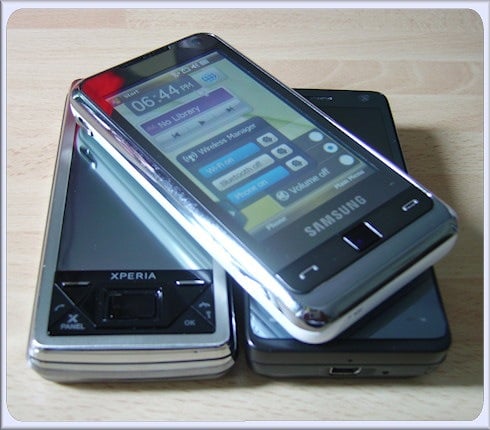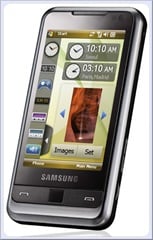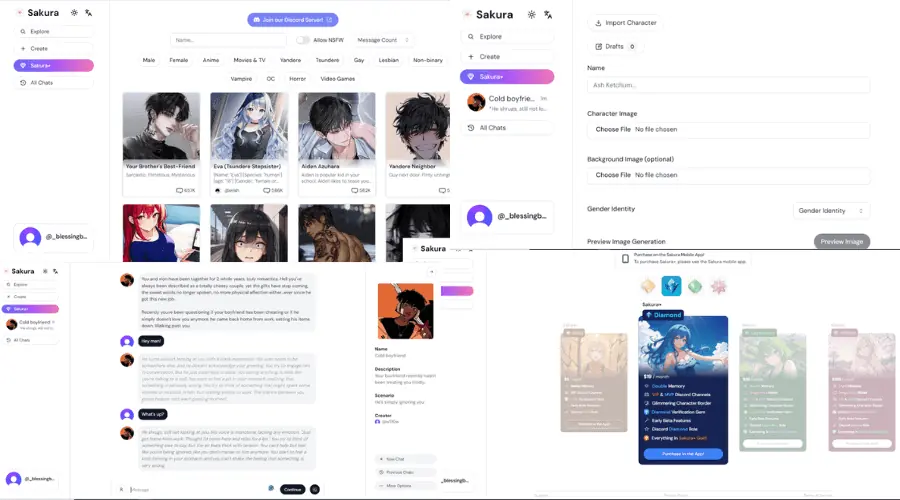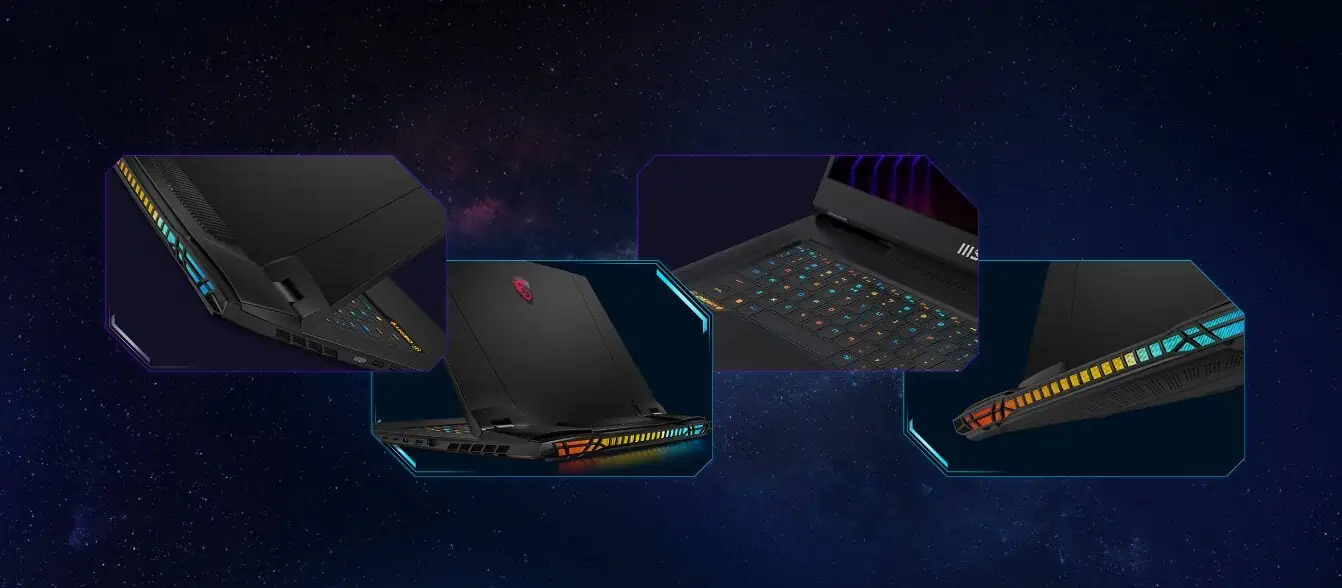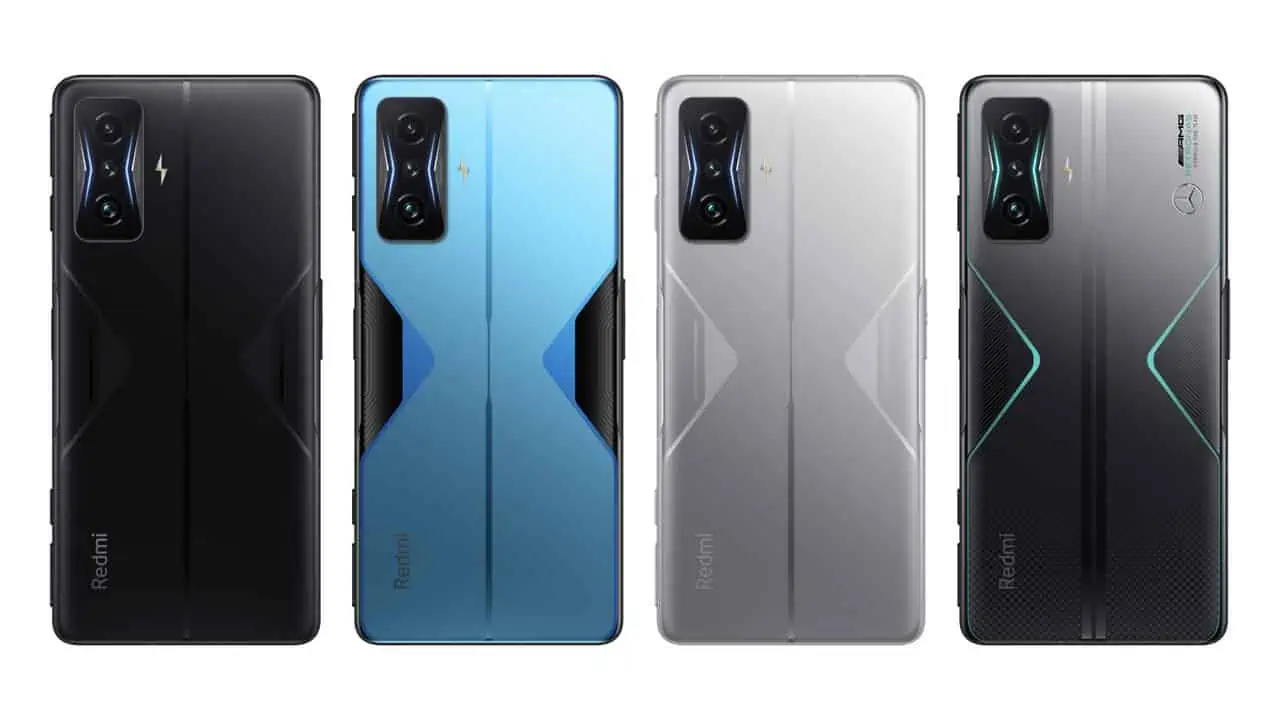The funnest Windows Mobile phone ever
8 min. read
Updated on
Read our disclosure page to find out how can you help MSPoweruser sustain the editorial team Read more
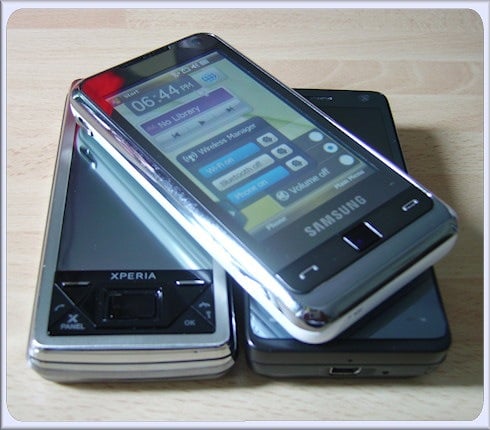
Samsung has been around in the Windows Mobile arena for some years now,but it has only really been with the Samsung Omnia that they have really struck a vein not only with the Windows Mobile community but also the general public at large.
The Omnia of course steps heavily into the footsteps of the iPhone, like many devices aiming to hit the same successful formula as the Apple devices. It however does it in its very own way, and on a solid foundation of Windows Mobile functionality.
Looking at the external appearance of the device we have our traditional shiny slab dominated by its large screen and minimal buttons. On the Omnia this is however deceptive, as the device is strewn with buttons, on the edges of the device rather than the front. The right side of the device features a menu button and camera button. The menu button when held is a task switcher, while the camera button when held goes the picture gallery.
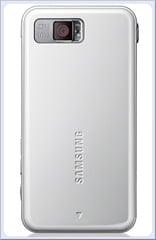
The front of course features the call and end buttons, and in the centre a clickable optical joystick/mouse. This feature is a love it or hate it item, but fortunately due to the large touch screen the need to use the joystick is not essential.
On the left is the headphone/charging port, protected by a flap which is securely attached but also easy to remove. The device lacks a 3.5 mm headphone jack, but the proprietary audio lead does feature a 3.5mm adaptor at the end. The included in-ear headphones also appear relatively high quality.
The back of the device features a large white battery cover with a lined texture preventing slippage, and also of course the 5 megapixel camera with flash. In contrast the shiny and metallic front, I felt the back looked cheap and plasticky. Fortunately it’s the front you will be looking at most of the time.
The device of course famously does not come with a stylus slot, and features on the left a lanyard loop for attaching the stylus to. I assume most people will be leaving the stylus safely in the box, instead of waving this appendage around on their phone.

The TouchWiz interface is however the centrepoint of the fun-ness of the Samsung Omnia, and moving widgets around and selecting which widget to display today keeps the phone alive and engaging.
The second element which makes the device fun is the accelerometer-induced transitions between portrait and landscape mode. These come in a wide variety like spiral and twist, or even spinning, and certainly beats out the iPhone. Unlike other devices orientation transition is available in all applications, not just the browser and photo app like on HTC’s accelerometer devices.
The third element adding to the joy of the Omnia is the large number of custom applications, including the music player, picture viewer, Opera browser and even a clock/slideshow viewer. The depth of the custom applications and interface is refreshing, especially compared to HTC devices. A striking example of this is the clock application. On a new HTC device, if you click on the clock you end up back at the old Windows Mobile interface, which is stark and not exactly finger-friendly, whereas on the Omnia you end up with a great application where you can see a world clock, set alarms and even run a stop watch. It is really what you expect to see but what is not present natively on the Windows Mobile platform.
For a large-screened device such as the Omnia it is really all about the web browser in the end. The Omnia uses the Opera Mobile 9.5 browser like most leading Windows Mobile devices these days, and of course as usual with this browser the experience is great. This is however the one area where the Omnia’s low 240×400 resolution shows itself to be a disadvantage, with the zoomed out view leaving content text blurry and non-discernable, in contrast to the Touch HD or Xperia, where small text (with some squinting) is readable at all zoom levels.
The Omnia lacks the zoom wheel of the Touch Diamond and Pro, and does not use the magnifying strip of the Touch HD. Instead a swiping gesture on the right edge of the screen brings up a zoom slider which does a reasonable job, but is unfortunately sometimes accidentally activated when just navigating the page.
Text entry is adequate with Samsung’s built-in finger-friendly keyboards, but as the screen is relatively narrow the keys are not every large and prone to mistyping in full QWERTY mode. In SureType mode text entry is much better, but the Suretype keyboard on the Omnia is much more poorly implemented that the one on the HTC Touch HD, with frequent trips into the Symbols sub-menu for basic punctuation.
When I first got the Omnia I was excited by the media features of the device, especially the video features. I did however discover that phone cannot just play random video downloaded from the internet, and unless you get the video format specifically designed for the narrow specifications of the device, performance is much the same as the Touch HD. In short, re-encoding is still a reality with the device.
Lastly, the camera functioned as advertised, but after years of HTC phones I found the interface confusing and overly complicated. The automatic panorama feature is however a sight to behold.
The flash feature is also very useful, not just for taking pictures, but as a handy torch light, and for once this is a feature built right into the OS, instead of a 3rd party hack.
Conclusion
I called the Omnia the funnest Windows Mobile smartphone, and to me this is certainly true. The interface has a depth that is surprising, and one if often finding new features and functionality Samsung has hidden away in some small application. At the same time most major features are well surfaced, and the device is easy to use without any special configuration. This stands in contrast to the HTC Touch HD, which shares a similar form factor, but who’s interface is only skin deep, with not much more to be discovered once the first layer of functionality is peeled away.
If I have any criticism its simply the obvious ones we all complain about – the screen resolution could be higher, and the device sorely lacks a 3.5 mm headphone jack, instead of Samsung’s obsession with its proprietary version. Also while the widget selection or the TouchWiz interface is large, its not all encompassing, and Samsung missed a great opportunity to open up this interface to development and creating its own widget store.
The Omnia is one of the few Windows Mobile devices I would recommend to a novice and have pretty high confidence they would be happy with. It is also a device that has a lot of features that would keep a power-user happy, but it is clear this is not its primary market. So far the device has been very well received in all major markets (Asia, Europe and even unusually the USA), and we can only hope Samsung will continue to build on their Windows Mobile success.
The Samsung Omnia can be found subsidized on most GSM carriers, and if you are not lucky enough to have access to it that way, can be purchased unlocked from eXpansys here (affiliate link).
Score:
| Appearance | 4/5 |
| Features | 5/5 |
| Usability | 4/5 |
| Value for money | 4/5 |
| Total | 17/20 |
Full Specs:
2G Network
GSM 850 / 900 / 1800 / 1900
3G Network
HSDPA 2100
HSDPA 850 / 1900 – American version
Size
Dimensions
112 x 56.9 x 12.5 mm
Weight
122 g
Display
Type
TFT touchscreen, 256K colors (65K effective)
Size
240 x 400 pixels, 3.2 inches
– Accelerometer sensor for auto-rotate
– Optical trackpad
– Handwriting recognition
Ringtones
Type
Polyphonic, MP3
Vibration
Yes
Memory
Phonebook
Practically unlimited entries and fields, Photocall
Call records
Practically unlimited
Card slot
microSD (TransFlash), up to 8GB
– 128 MB RAM, 256 MB ROM
– 624MHz Marvell PXA312 processor
– 8 GB/16 GB internal memory
Data
GPRS
Class 12 (4+1/3+2/2+3/1+4 slots), 32 – 48 kbps
HSCSD
No
EDGE
Class 12
3G
HSDPA, 7.2 Mbps
WLAN
Wi-Fi 802.11b/g
Bluetooth
Yes, v2.0 with A2DP
Infrared port
No
USB
Yes, v2.0
Features
OS
Microsoft Windows Mobile 6.1 Professional
Messaging
SMS, EMS, MMS, Email, Instant Messaging
Browser
Opera Mobile 9.5, Pocket Internet Explorer 6
Games
Yes + Java downloadable,
Colors
Modern Black, White
Camera
5 MP, 2592×1944 pixels, autofocus, image stabiliser, video, flash; secondary videocall camera
– Built-in GPS receiver with A-GPS support
– Java MIDP 2.0
– FM Radio with RDS
– Pocket Office (Word, Excel, PowerPoint, OneNote, PDF viewer)
– MP3/AAC/AAC+/WMA/OGG/AMR player
– DivX/XviD/WMV/MP4 player
– TV Out
– Voice memo
– Built-in handsfree
Battery
Standard battery, Li-Ion 1440 mAh
Stand-by
Up to 500 h
Talk time
Up to 5 h 50 min

